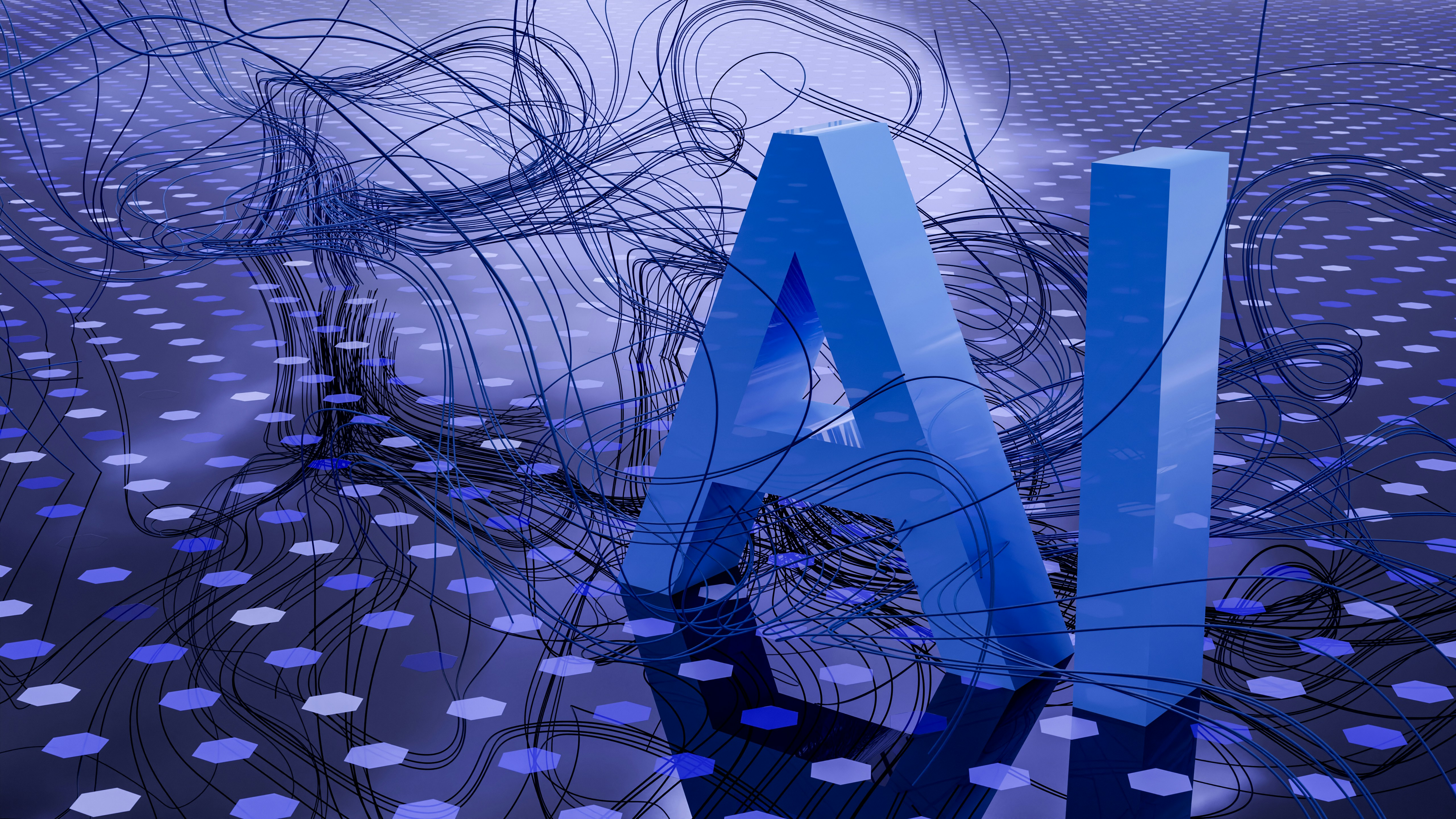Introduction to AI Tools in 2025
The landscape of artificial intelligence (AI) tools has undergone a significant transformation as we approach the year 2025, marking a notable shift in how various industries operate. The rapid evolution of these tools has established them as indispensable assets across diverse domains, particularly in writing, programming, and graphic design. These advancements are not only streamlining workflows but also fostering enhanced creativity among professionals.
AI tools have introduced new avenues for improving productivity and efficiency. For instance, in the realm of writing, AI-driven software can analyze vast amounts of data to generate content that resonates with target audiences. This capability allows authors and marketers alike to produce high-quality written material while saving time and resources. Similarly, in programming, AI applications have begun automating complex coding tasks, simplifying development processes and allowing developers to focus on higher-level challenges. The significance of AI tools, particularly in a tech SaaS blog context, cannot be overstated as they significantly reduce turnaround times while improving the overall quality of outputs.
Graphic design also stands as a beneficiary of these innovations. AI tools now enable designers to create visually striking content by suggesting layouts and color schemes based on current trends and user preferences. This synergy between human creativity and AI-driven insights empowers professionals to push the boundaries of traditional design while maintaining a competitive edge in a fast-paced market.
With the proliferation of AI technologies, professionals must adapt to these changes by integrating AI tools into their workflows. Understanding the capabilities and applications of these tools is essential for ensuring sustained success in an increasingly technology-driven landscape. As we delve deeper into the top AI tools of 2025, it becomes clear that embracing these innovations is vital for thriving in today’s digital economy, especially in high CPM affiliate marketing and beyond.
AI Tools for Writing: Revolutionizing Content Creation
The landscape of content creation is undergoing a significant transformation, driven by the advent of advanced AI tools specifically designed for writing. As we move into 2025, these innovations showcase powerful capabilities such as natural language processing, grammar checks, and style suggestions, all contributing to a seamless content generation experience. Whether for blogs, articles, or marketing materials, these AI writing tools are becoming indispensable for both professionals and beginners alike, aligning perfectly with the ethos of a tech SaaS blog.
One notable aspect of these AI tools is their ability to produce high-quality content almost effortlessly. For example, modern applications can analyze vast amounts of text data, learning from various writing styles and genres. This allows users to generate unique content tailored to their specific audience while ensuring clarity and coherence. With features that provide grammar checks and stylistic recommendations, writers can enhance their work without extensive editing, ultimately saving time and increasing productivity.
However, as we increasingly rely on these AI-driven solutions, it is crucial to consider the ethical implications of AI in writing. The balance between human creativity and machine-generated content raises questions about originality and authenticity. With AI tools contributing to higher CPM opportunities in affiliate marketing, content creators need to remain vigilant. Over-reliance on automation may dilute the personal touch that readers appreciate in authentic writing. Therefore, while AI can serve as a powerful ally in the content creation process, it should complement rather than replace human insight and creativity.
By embracing AI writing tools, content creators can navigate the complexities of modern writing with greater ease, but they must do so thoughtfully, ensuring that the integrity of their voice remains intact amidst the technological advancements shaping the future of content creation.
AI Tools for Coding: Enhancing Software Development
The landscape of software development has been significantly transformed through the integration of AI tools, which are increasingly becoming essential for modern coding practices. These advanced systems assist developers by automating repetitive tasks, offering real-time suggestions, and facilitating debugging processes. With the advent of AI, programmers can focus more on creativity and problem-solving rather than getting bogged down in mundane coding chores.
One of the prominent categories of AI tools for coding includes automated code generators, which leverage machine learning algorithms to produce functional code snippets based on simple descriptions provided by developers. Tools such as OpenAI’s Codex and Tabnine exemplify this trend, enhancing productivity by allowing coders to generate code efficiently and accurately. This not only reduces the amount of time spent on writing boilerplate code but also mitigates human errors that can lead to software bugs.
Furthermore, AI-powered debugging tools are revolutionizing the way developers identify and fix code issues. Rather than relying solely on manual inspection, these tools analyze the code base and pinpoint errors or inefficiencies. Solutions like DeepCode and Sourcegraph employ natural language processing to interpret and improve code, ultimately contributing to streamlined development cycles. Additionally, the interactive feedback provided by such tools enables collaboration among team members, fostering a shared learning environment.
The impact of AI on the coding domain is especially profound for aspiring developers. It lowers the skill barrier by providing guidance and support previously unavailable to novice programmers. As individuals enter the tech workforce, AI tools can serve as mentors, equipping them with the necessary skills and knowledge to thrive in a competitive environment. By bridging this gap, the potential for wider participation in software development expands, facilitating a more inclusive tech ecosystem.
In conclusion, the advent of AI tools in coding significantly enhances software development, improving efficiency and collaboration while providing valuable support for new developers. As technology evolves, the role of AI in programming is set to expand, further redefining the future landscape of the tech industry.
AI Tools for Image Creation: From Design to Art
In the rapidly evolving landscape of artificial intelligence, 2025 promises to showcase a remarkable array of tools tailored for image creation, specifically designed for artists and designers. These AI tools are pioneering innovative methods for generating unique visual content through advanced features like style transfer, image enhancement, and automated design processes. The integration of AI within creative workflows not only enhances productivity but also expands the possibilities of artistic expression.
Style transfer technology has gained traction in recent years, allowing users to apply the aesthetic characteristics of one image to another. This feature enables artists to explore diverse artistic styles effortlessly, combining influences from various sources to create visually captivating pieces. Furthermore, image enhancement tools leverage AI algorithms to improve the quality of photographs, refining edges, increasing resolution, and correcting colors to achieve professional-grade results. These enhancements can be crucial for both marketing and personal projects in the tech SaaS blog sphere, where engaging visuals are paramount.
A significant shift in the art world is the advent of AI-generated art, which is gaining acceptance and recognition across creative industries. These tools offer the capability to create images from textual descriptions using deep learning techniques. As a result, they facilitate a symbiotic relationship between human creativity and machine learning, allowing for an unprecedented collaboration. Despite the debates regarding authenticity and creativity, AI art tools have successfully carved out a place within galleries and exhibitions, demonstrating the potential of machine-generated designs.
Overall, as 2025 approaches, the significance of AI tools in image creation will only continue to grow, providing artists and designers with resources that both challenge and enhance traditional practices. The increasing usage of these technologies underscores a transformative period within the art world, paving the way for innovative approaches and inspiring new creative narratives. The integration of cutting-edge AI capabilities in image creation reflects a dynamic intersection of art and technology, allowing for imaginative exploration and expression.



